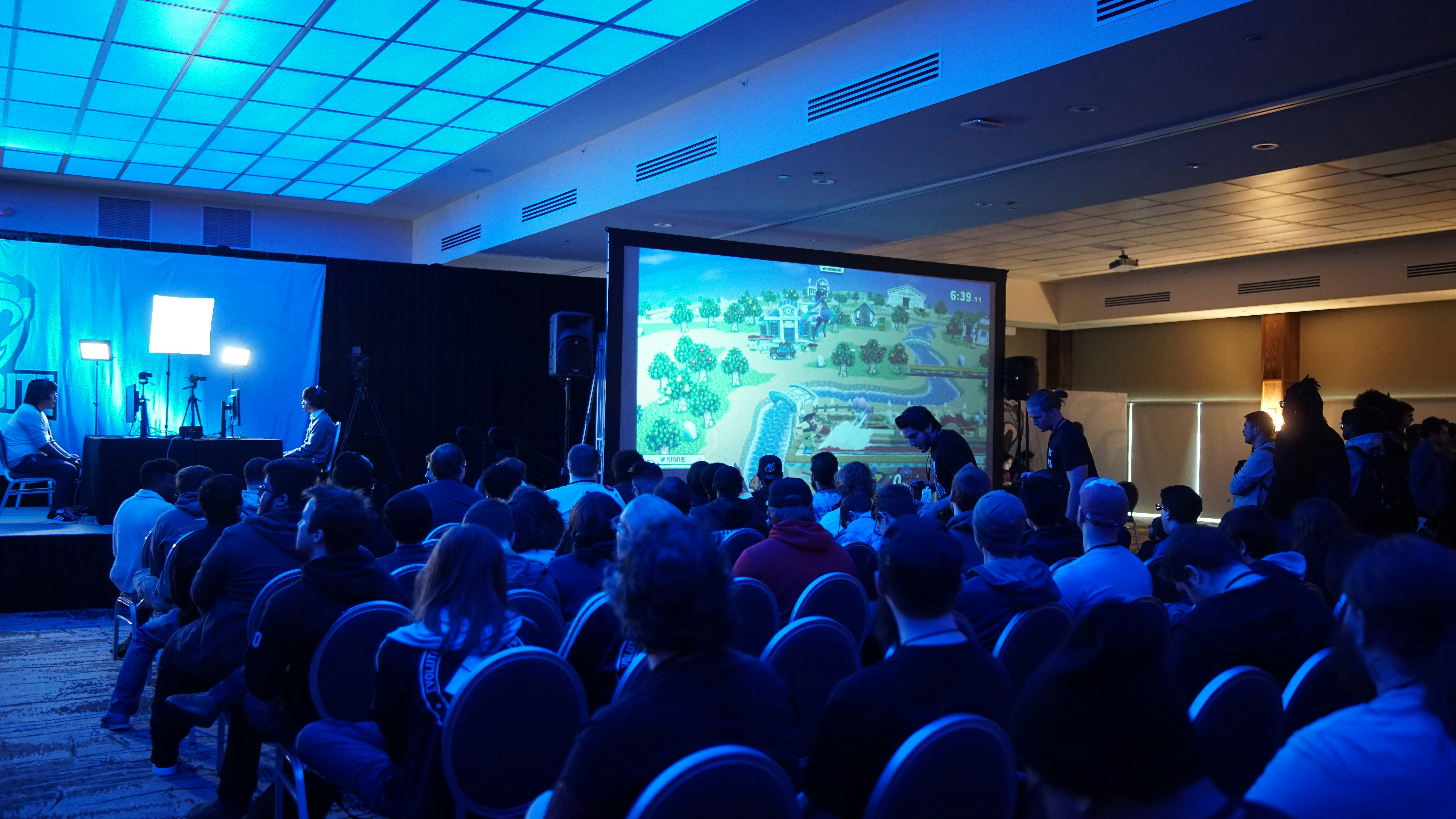What does it mean to be a product designer?
Product design is more than the discipline of designing products like apps and websites (e.g. Uber, Spotify, and Airbnb). I associate it with a particular mindset, skillset, and way of working. If you connect with these, you’ll love the discipline!
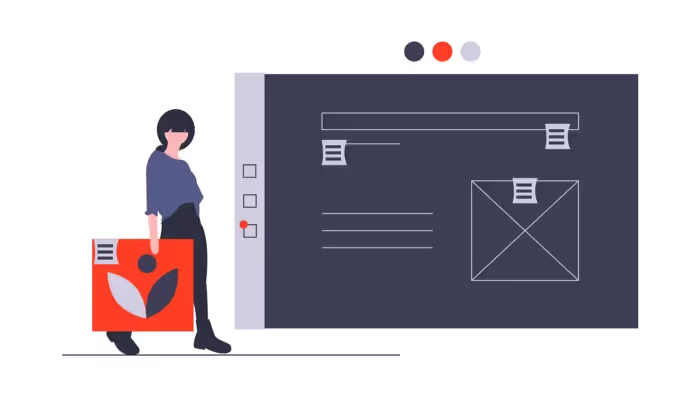
This isn’t a comprehensive product design guide, it’s just an overview. It’s intended as a starting point for people that are new to product design. I hope it inspires you to dig deeper.
Soft skills & attitudes
Technical skills are easier to pick up e.g. even if you’re an expert at a tool, there’ll always be a new design tool to learn.
Empathy
This is not unique to being a product designer, this is a core part of being a good designer. We need empathy for people we design for, people we work with, and stakeholders.
Curiosity
We need curiosity to better understand people and what their problems are. We need critical thought because sometimes things are more complex or deeper than they first appear. If we are curious about what people’s needs and context are, we can uncover new opportunities.
You might be curious day-to-day with your product team: what are the measures of success? Is this piece of work risky? Do we need to do validation up-front or can we release and learn? Why are people asking for a feature, what’s the root problem?
Exploration
We explore (or ‘diverge’) so we consider lots of different ideas or solutions rather than just settling on one idea too early. This is a key part of the design process. You might also explore what patterns are already out there so you can reuse convention and not reinvent the wheel.
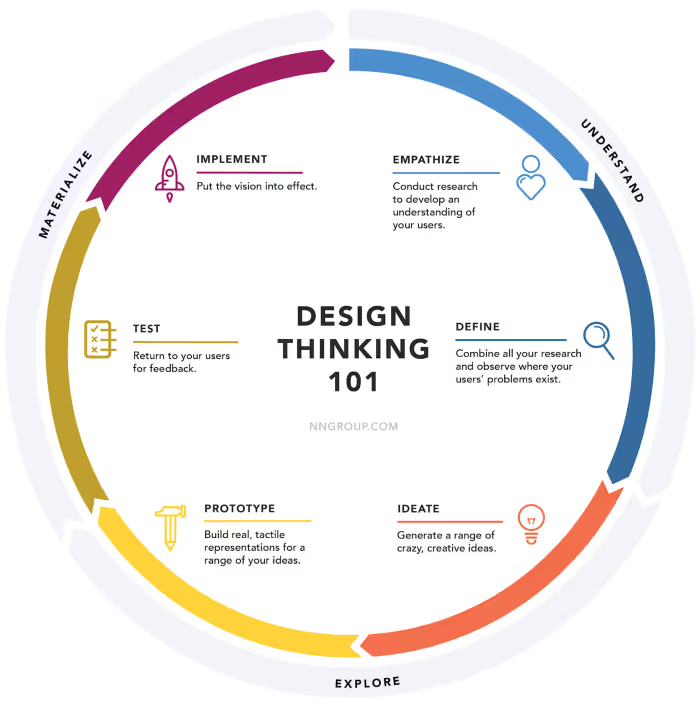
Influence
You’ll work with different disciplines and opinions. You need to influence them to achieve great outcomes for people. There are many ways to influence, but they all need trust as a foundation.
We need to understand what people’s needs are and speak their language. When I put together business cases, I think about who the audience is: do they care about dollars and numbers, efficiency, brand, speed, or something else? What value is key in their world?
Show don’t tell: instead of telling people how a design problem affects people, invite them to watch research first-hand. When my engineering buddies came to observe contextual inquiries, they built so much empathy, they fought for a bigger MVP than the product manager and me.
It’s important to defend design decisions. But you need to know when to disagree and commit so the team can move forward and get data to validate assumptions.
Vision, holistic thinking & comfort with ambiguity.
You need to spend time on and paint a vision for the future. Design thinking should be holistic, for the entire experience. You might spend time uncovering new customer problems through generative research. This means being comfortable with ambiguity and not spending all your time on just tactical, day-to-day design delivery (this might also depend on the way your design team is organised).
Day-to-day ways of working
You might work in an Agile/Lean way, in a cross-functional team (it might be called a ‘squad’, from Spotify’s Agile model).
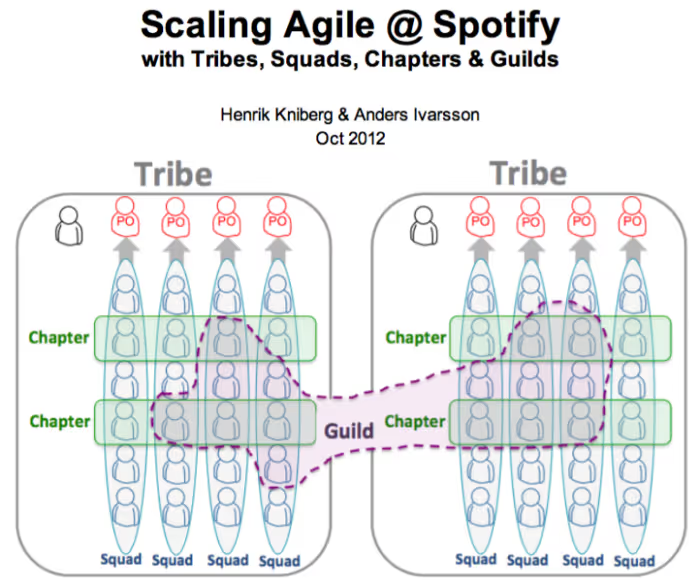
- Healthy teams are measured by outcomes. The team figures out how to achieve their goals (see: OKRs) together. Unhealthy teams are measured on just pumping out features, regardless of impact (i.e. feature factories). Marty Cagan explains this in product vs feature teams and good vs bad product teams.
- You, product and engineering are peers and will collaborate: balancing viability, desirability and feasibility the whole way through. Airbnb calls this the ‘three-legged stool’. When a discipline is missing, the stool is imbalanced.
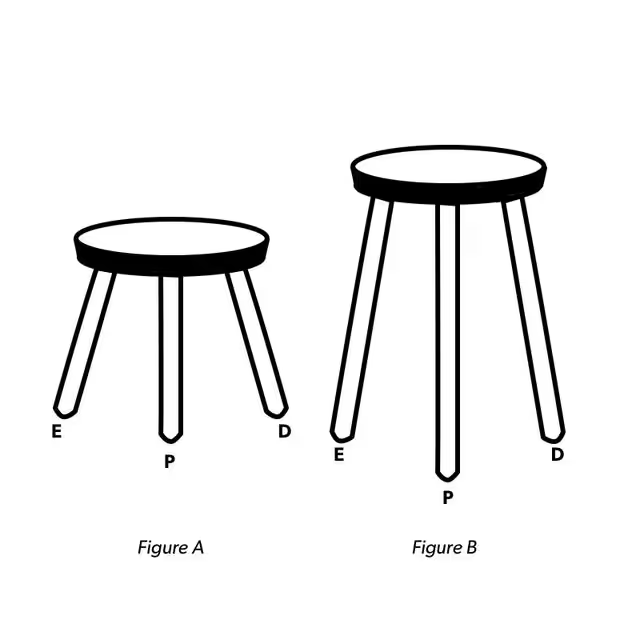
- You’ll collaborate with other designers and give/receive feedback in design critiques to improve work. Design principles will guide the team.
- You’ll be ‘lean’: getting data fast, not over-investing effort, and figuring out how to break down your designs into iterative chunks to release quickly and often.
- Jeff Gothelf
- &
- Josh Seiden
- explore this in Lean UX.
- You’ll be hypothesis-driven and release value to people in smaller chunks. The team validates assumptions and iterates, and the customer gets value, quicker. Slicing the right way is not just about just delivering function and leaving out everything else, as you’ll see below:
You’ll measure impact on people and iterate as a team. You might use pirate metrics or
’s HEART framework. Good measurement: “Reduce revenue churn (cancellation) from X% to Y%” (source). Bad: “Run 10 customer interviews”. This is the activity, not the end impact on someone.

About the organisation
You’ll work with disciplines who might sit outside your immediate product team: e.g. data science, product marketing, customer success, and sales.
Discovery vs delivery
Ideally you’ll have a good balance between delivery and discovery. Solving problems in the right way starts with solving the right problems. Good discovery is a foundation for easier, quicker and higher-impact delivery.
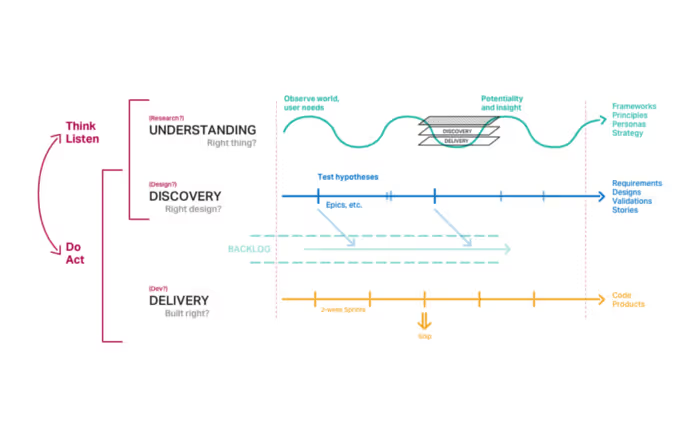
A couple of organisational setups for discovery:
- The Studio model — when I’ve worked this way, I spent some of my time on big generative research, exploring the problem space and lots of visionary concepts, completely separate from the product teams. This makes sense when you’re shaping the problem space. The work doesn’t belong in a product team yet. You might end up solving problems outside the product anyway: new processes, marketing, etc.
- The triad model where Product, Design and Engineering are all responsible and collaborative for discovery. Marty Cagan and Jeff Patton offer some questions to check your team’s health on this. This makes sense within the product team, when you’re working on solving problems.
It depends on what level of discovery you’re doing and your organisation’s setup.
Influencing the organisation
So what happens if you think you’re solving the wrong problem, or you were handed a solution to polish rather than solving a real need? What if you see an opportunity to make people’s lives better or solve a need?
Influence the organisation. You can help bring alignment, uncover what’s missing and make change happen.
Questions are powerful: use the 5 whys to get to the heart of a problem. You can bring people together to collaborate via a workshop. You can also paint the picture for people. Bring together the research, share the evidence (or lack thereof), and tell stories.
The challenge for designers in organisations
The challenge is to use design’s ultimate impact as a key part of strategy. Many organisations do not have this level of maturity, they focus on design being used to give style and finish only.

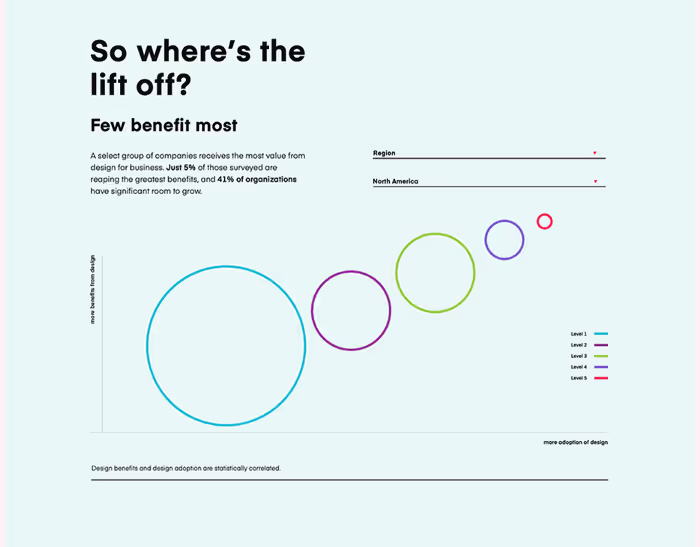
What really separates (level 5, the most mature, companies) from others is design’s involvement in strategy…through exploratory user research techniques, trends and foresight research that assess product market fit, and the delivery of unified cross-platform strategies. As a result…design has impact on the widest range of benefits, from employee productivity to growth in market share to the development of new intellectual property.
There’s lots of great sources out there about what great design in an organisation looks like, including
Jane Austin’s Mind The Product talk about great design for great digital products and InVision explores how to create a design culture.
Summary
If you like the sound of these ways of working and the mindset, product design might be the right career path for you!
Things are always evolving in product design. Reflect on what impact you’re having as a designer, and influence others where you think there’s opportunity for change for the better.
.png)

